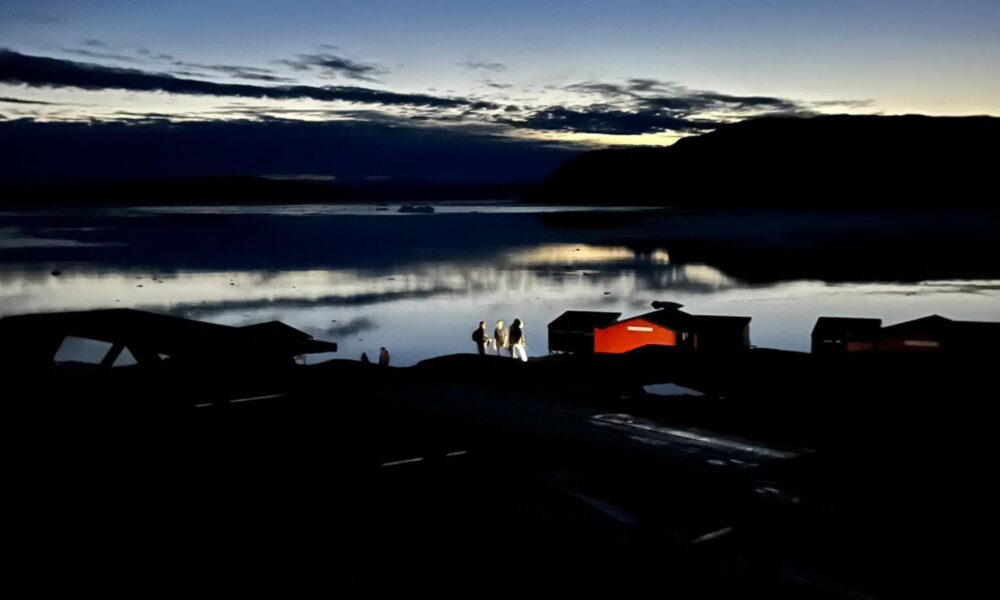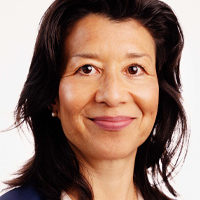The sound of Greenlandic is in the air as I board the plane to Kangerlussuaq, my entry point to the world’s largest island and one of the most massive and active ice sheets on the planet. The Greenland Ice Sheet, like the Amazon rainforest, is fast approaching a juncture of degradation that the Himalayan and Tien Shan glaciers have already breached.
In just four years of global warming, 2012-2016, more than one trillion tons of Greenlandic ice were lost: enough ice melt to fill a pool the size of the state of New York to a depth of twenty-three feet. With the Arctic heating up more than twice as fast than other places in the globe, we are on a pathway to 110 trillion tons of melted ice from Greenland alone if we remain on the “hothouse earth” pathway. A planet without ice is one incompatible with life as we know it.
As president of the Union of Concerned Scientists, I face this mind-numbing reality every day. The science and data tell us that if we are to secure a livable planet for the future, we are working on an unforgiving timeline. But science also tells us that we have most of the technologies and solutions that we need. The biggest barriers to progress are political and psychological.
I wrestled mightily with the privileged decision to fly thousands of carbon-emitting miles for this trip. What helped me jump on board was the chance to join two dozen badass women climate advocates, business leaders and philanthropists from all over the globe, on a research and learning trip.
Given the work we do every day at UCS, I didn’t need to learn more about the climate crisis. Rather, my main motivation for joining was to directly see, smell, hear and feel the impact of our global climate emergency on one of the planet’s most vital ecosystems.
Leadership, in my view, demands the legitimacy of deep and direct experience. I’ve learned that one of the most critical actions needed in a sustainable fight is stretching and strengthening our capacity to face climate disruption with honesty, courage, and compassion. Five days in the company of some of the world’s most brilliant yet humble leaders helped me move from numbness to grief to a renewed commitment to perseverance and action.
We’re all going to need enormous courage to face the climate crisis that is already before us. To me, this means the willingness to face and feel fear and heartbreak. That’s at the center of what I’m exploring here in Greenland: How do we stretch our ability to stay open and feel what habitually what we don’t want to feel? Attending to our human psyches, senses, and spirits is, in my view, a crucial dimension of climate action and resilience.
As Dr. Twila Moon of the National Snow and Ice Data Center at the University of Colorado Boulder said on our first day, our work is about “holding onto loss at the same time as we work persistently to minimize damage for the future.” Dr. Donna Haraway, Distinguished Professor at University of California, Santa Cruz, describes this as “staying with the trouble.” The good news is that our capacity to face hard realities is wired into us as humans. Research shows that if we’re deliberate about it, we can train ourselves in ways that deepen our capacity to be touched by suffering and respond actively with compassion.
In my first few hours of this journey, this has meant new connections and learning, and experiencing the otherworldly beauty and power of ice in Kaalallit Nunaat. My dispatches that follow focus on reflections, sparked by this trip, that increase my optimism about a livable future. In the meantime, join me in reflecting on the power of the Arctic through the artistry of pianist Ludovico Einaudi’s piece “Elegy for the Arctic.”

